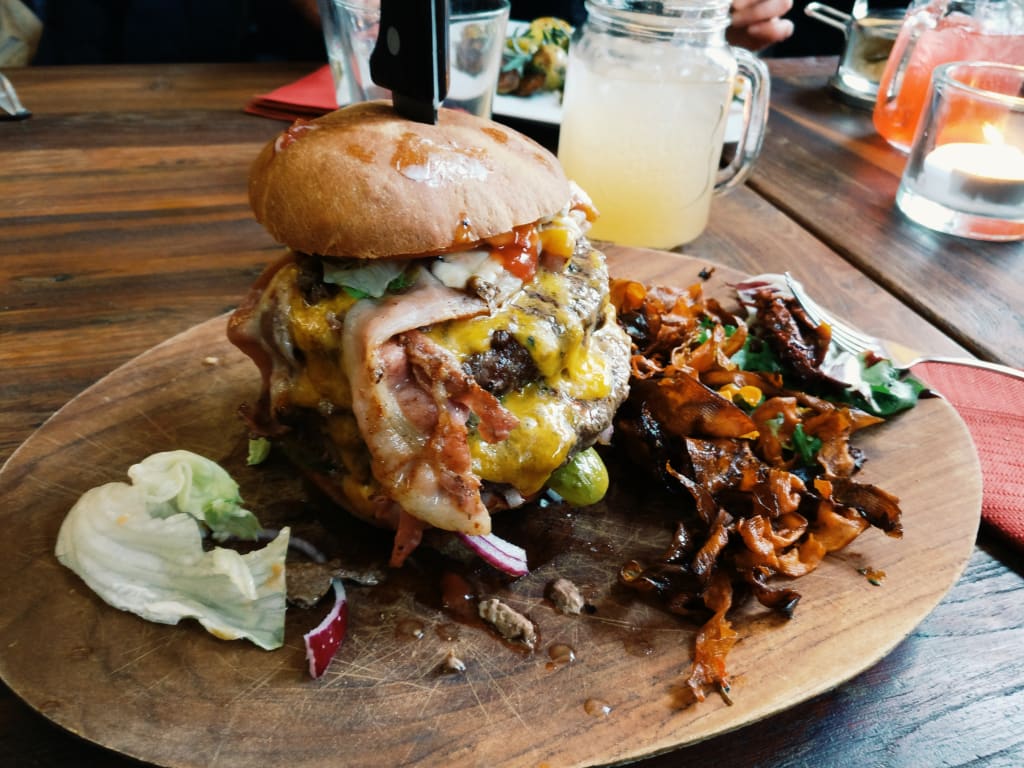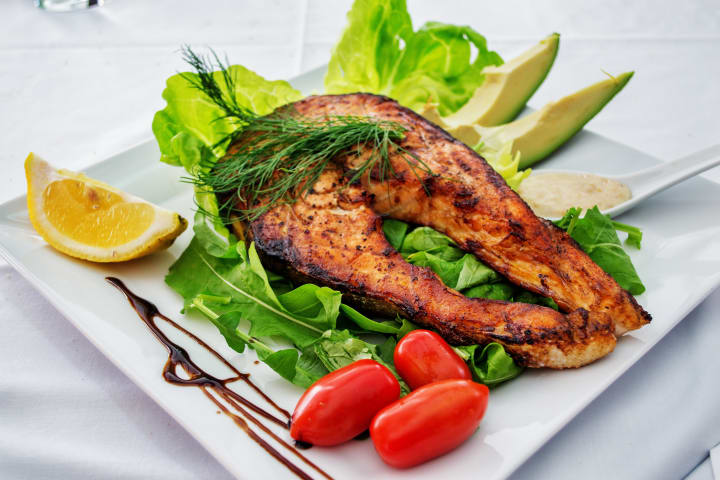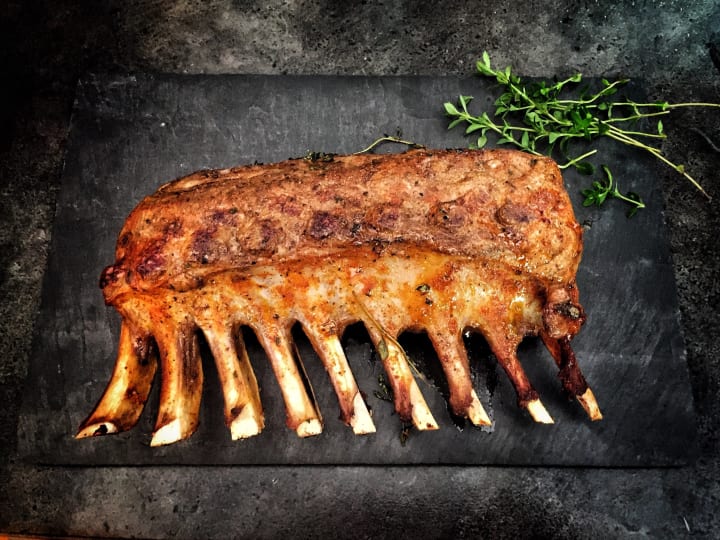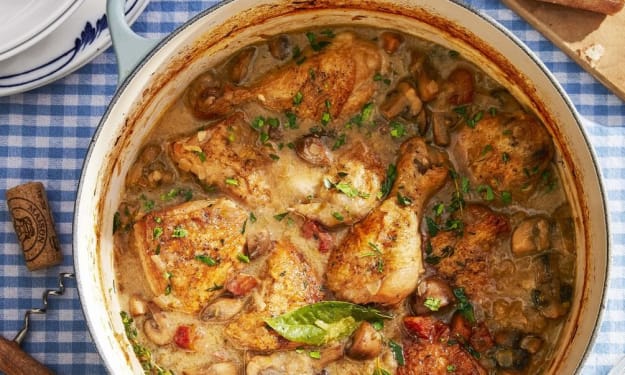
The ketogenic diet, commonly referred to as the "keto diet," has gained immense popularity in recent years for its potential weight loss benefits. But what is the keto diet and how does it work? In this article, we'll dive into the details of this low-carb, high-fat diet and provide you with everything you need to know before starting the keto journey.
What is the Keto Diet? It has been demonstrated that following the low-carb, high-fat ketogenic diet can help people lose weight and improve certain health indicators.The diet works by forcing the body to enter a metabolic state called ketosis, where it burns fat for fuel instead of carbohydrates. This shift in energy sources leads to a reduction in insulin levels and an increase in the production of ketones, which are produced from the breakdown of fats in the liver.
How Does the Keto Diet Work? The key to the keto diet is keeping your daily carbohydrate intake low, typically between 20-50 grams per day. When you consume fewer carbs, your body is forced to find an alternative source of energy, which leads to the production of ketones. The result is a reduction in insulin levels, leading to increased fat burning and weight loss.
Get Your Custom Keto Diet Here
What Can You Eat on the Keto Diet? The foundation of the keto diet is high-fat foods, such as nuts, oils, and fatty cuts of meat. You should aim to get 70-75% of your daily calories from healthy fats, 20-25% from protein, and 5-10% from carbohydrates. Some of the foods you can eat on the keto diet include:

Meat and poultry: Chicken, beef, pork, and lamb are all great sources of protein and healthy fats. Try to choose grass-fed, organic options whenever possible.
Fatty fish, such as salmon and mackerel: These fish are rich in omega-3 fatty acids, which have numerous health benefits.
Eggs: Eggs are a versatile food that can be prepared in many different ways. Eggs are also a fantastic source of protein and healthy fats.
Cheese: Cheese can be a good source of healthy fats, but be sure to choose full-fat options and limit your portions.
Nuts and seeds: Almonds, macadamia nuts, and chia seeds are all good options for snacking on the keto diet.
Oils, such as olive, coconut, and avocado oil: These oils are rich in healthy monounsaturated and polyunsaturated fats.
Vegetables, such as leafy greens and broccoli: While vegetables are generally low in calories, they can still be a good source of fiber and nutrients. Leafy greens and broccoli are particularly good options on the keto diet.
Berries, such as strawberries and raspberries: Berries are lower in carbohydrates than other types of fruit, making them a good option for snacking or adding to meals.
Foods to Avoid on the Keto Diet:
The key to success on the keto diet is avoiding high-carb foods that can kick you out of ketosis. Some of the foods you should avoid on the keto diet include:
Sugar and sweets: This includes all forms of sugar, such as white sugar, brown sugar, and artificial sweeteners.
Grains, such as bread and pasta: Grains are high in carbohydrates, making them a no-go on the keto diet.
Starchy vegetables, such as potatoes and corn: Starchy vegetables are also high in carbohydrates, so it's best to avoid them or limit your portions to a small serving.
Fruit, except for small portions of berries: Fruits like bananas, apples, and grapes are high in carbohydrates and should be limited on the keto diet.
Deserts and Snacks on the Keto Diet Just because you're on a low-carb diet doesn't mean you have to give up dessert or snacks.

Here are some keto-friendly options to satisfy your sweet tooth:
Get your Keto Friendly Deserts Here
Dark chocolate: Dark chocolate with a high cocoa content is low in carbohydrates and can be enjoyed in moderation.
Whipped cream: Whipped cream is a low-carb option that can be used as a topping for desserts or added to coffee.
Keto-friendly ice cream: Some brands now offer ice cream made with low-carb sweeteners, like stevia or erythritol.
Keto fat bombs: Fat bombs are small snacks made with healthy fats and sweeteners, like coconut oil and stevia. They're a great option for a quick energy boost between meals.
Keto-friendly fruit smoothies: Some low-carb fruits, like avocados, can be blended with other ingredients to make a creamy and satisfying smoothie.
Get Your Keto Snacks Cookbook Now
Potential Benefits of the Keto Diet The keto diet has been shown to have a number of health benefits, including:
Weight loss: The keto diet can help you lose weight by reducing insulin levels and increasing fat burning. Many people find that they are able to lose weight quickly on the keto diet, but it's important to note that weight loss may slow down over time.
Improved insulin sensitivity: The reduction in insulin levels can lead to improved insulin sensitivity, which is important for managing type 2 diabetes.
Increased energy: Many people report feeling more energetic on the keto diet, likely due to the shift in energy sources from carbohydrates to fats.
Improved brain function: The ketones produced during ketosis have been shown to improve brain function, making the keto diet a potential treatment for neurological conditions such as epilepsy and Alzheimer's disease.
Better heart health: The keto diet has been shown to improve cholesterol levels and reduce the risk of heart disease.

Potential Risks of the Keto Diet While the keto diet can have many benefits, there are also potential risks that you should be aware of before starting the diet:
Nutrient deficiencies: The keto diet can lead to a lack of certain nutrients, such as fiber and certain vitamins and minerals, if you don't carefully plan your meals. It's important to make sure you're getting enough of these nutrients through food or supplements.
Dehydration: The rapid loss of water weight can lead to dehydration, so it's important to drink plenty of water on the keto diet.
Electrolyte imbalances: The loss of electrolytes, such as sodium and potassium, can occur on the keto diet. It's important to make sure you're getting enough of these electrolytes through food or supplements.
Constipation: The low-carb, high-fat nature of the keto diet can lead to constipation. Increasing your fiber intake and drinking plenty of water can help prevent this side effect.
In conclusion, the keto diet can be a powerful tool for weight loss and improved health, but it's important to approach it with caution and proper planning. By understanding the potential benefits and risks, you can make an informed decision about whether the keto diet is right for you. By following a well-planned keto diet and monitoring your progress, you can reap the benefits of this low-carb, high-fat way of eating. Take advantage of the free resources available, such as the keto calculator, food list, and recipe books, to help you stay on track and achieve your goals. With the right approach and dedication, the keto diet can be a life-changing experience.
Get The Ultimate Keto Meal Plan Here
**NOTICE** I am an affiliate of these great products and have used them myself. That said, as an affiliate, I may receive a slight commission for any sales made. Thank You.
About the Creator
Jim Cupp
I am a retired master carpenter and furniture craftsman. I started Sonora Desert Media in 2020 as an online lead generation company, it has ballooned into numerous passive income streams for my great grand-children's futures.






Comments
There are no comments for this story
Be the first to respond and start the conversation.